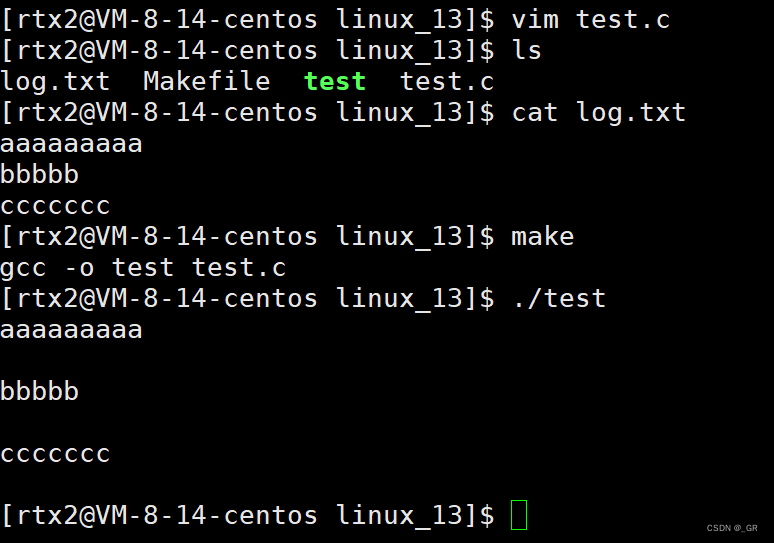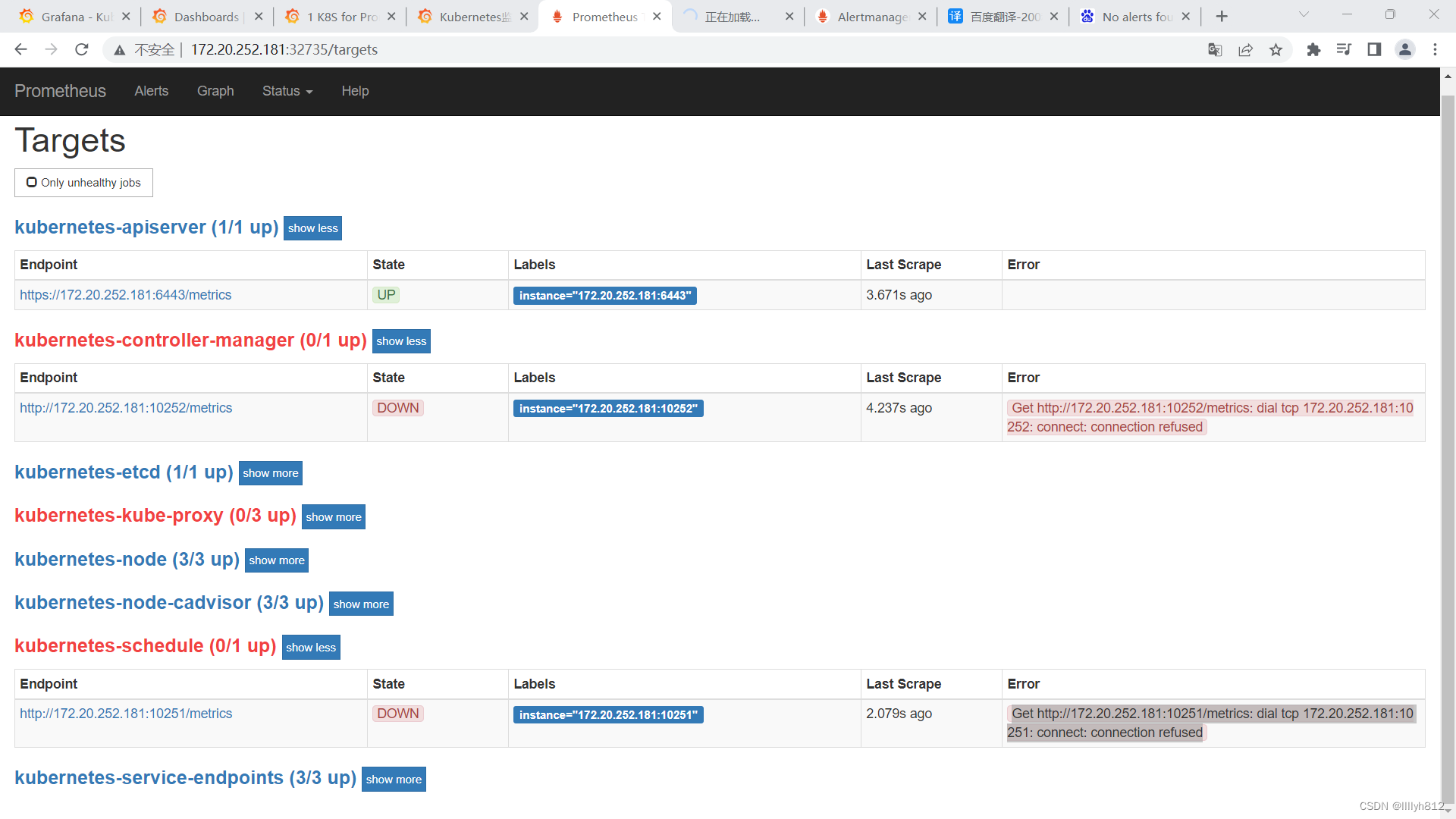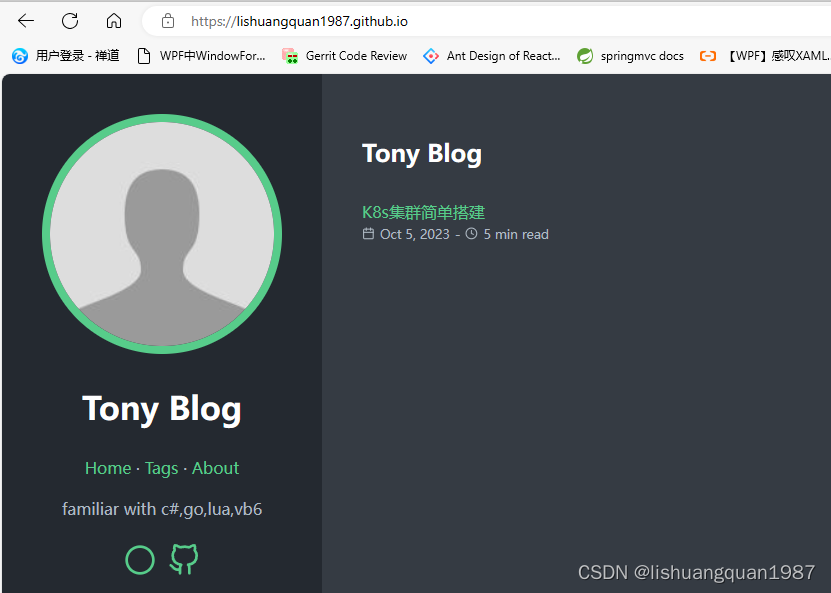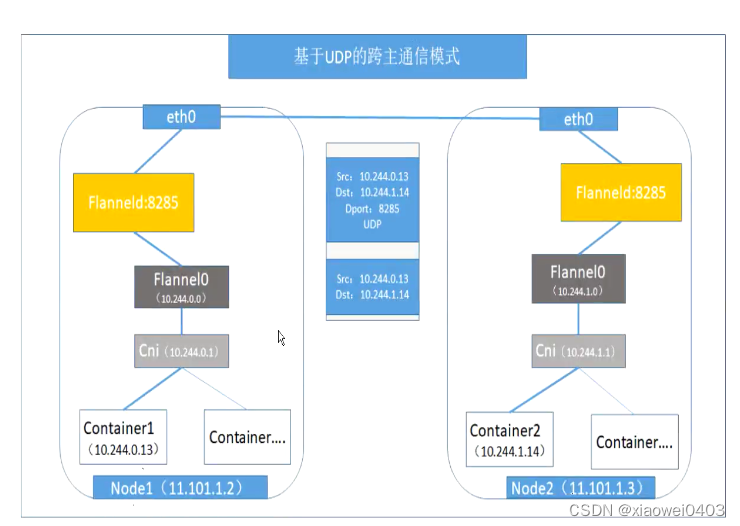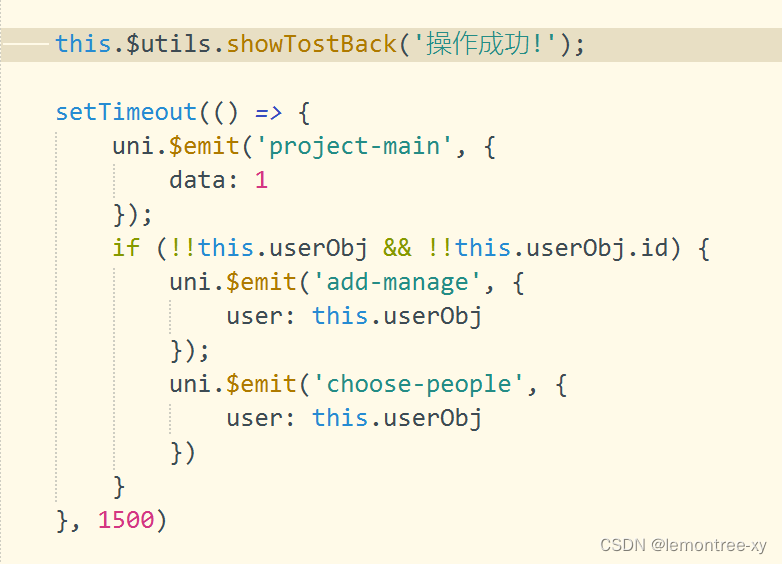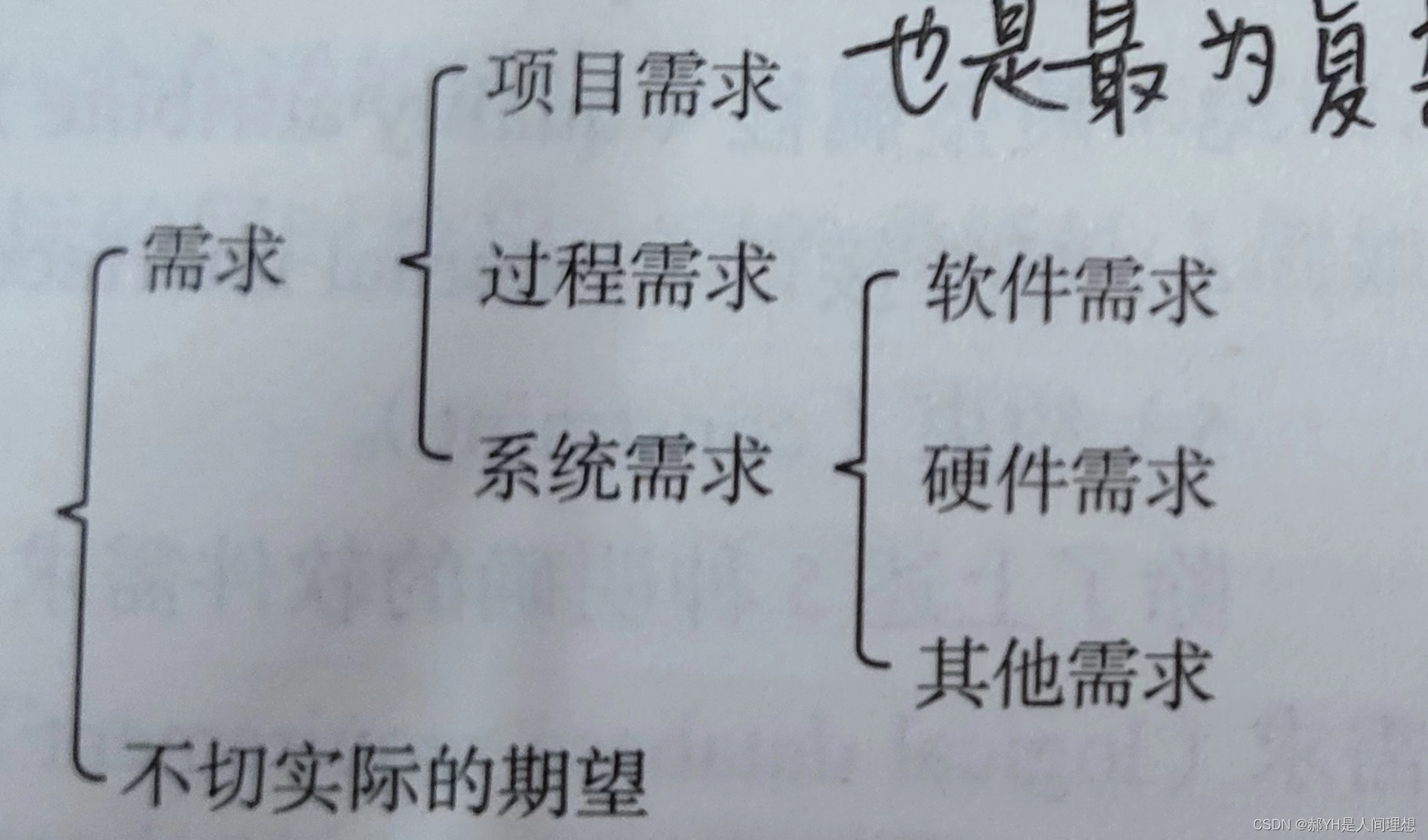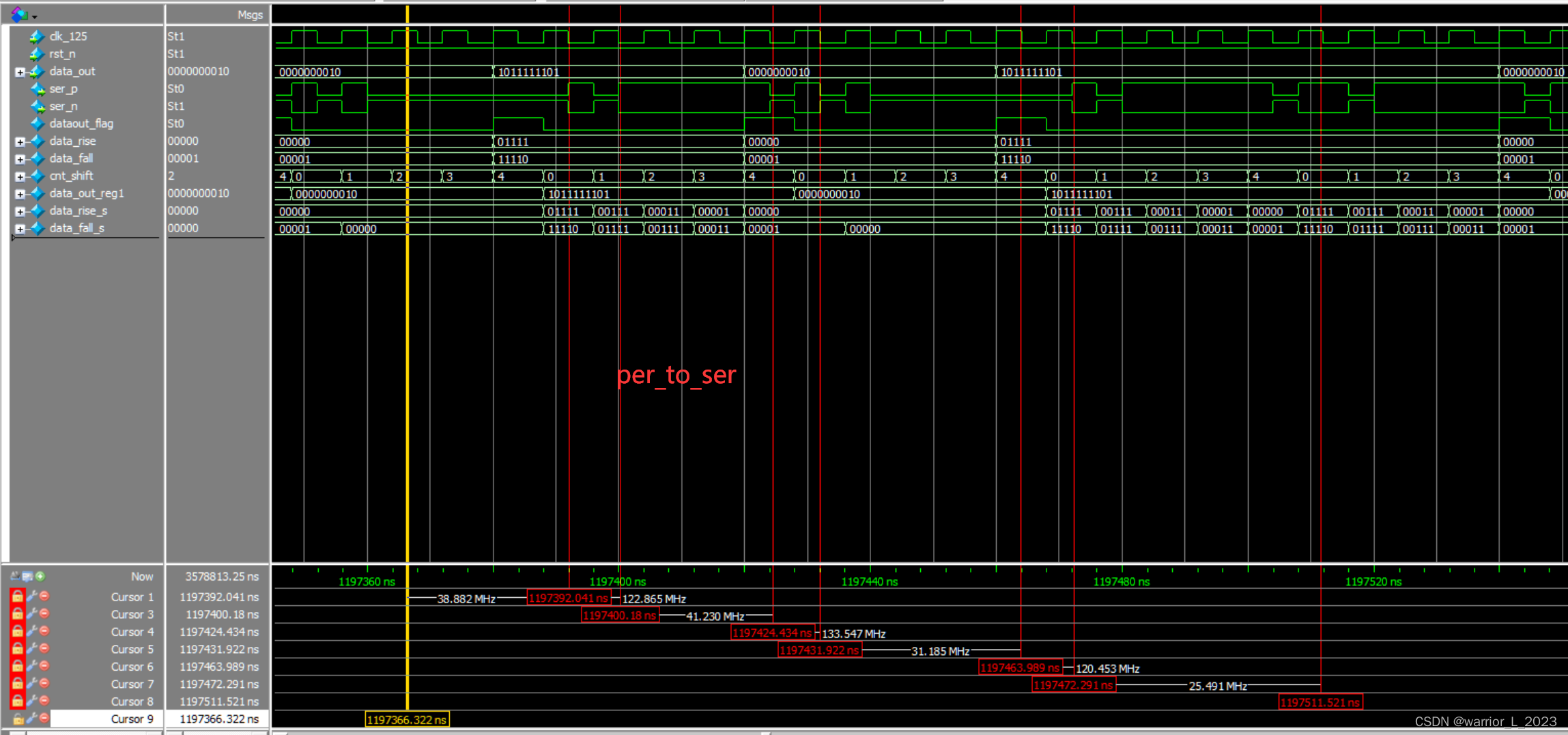一、回复审稿意见视角下的论文改进
(一)常见审稿意见分类(改进向)
| 意见分类 | 研究主题方面 | 真实案例 |
| 研究主题 | 研完没有提供新的信息 | This is clearly a student's paper Although it is adequately written it offers no new information and no new slant on the topic. |
| 创新性不明显 | It is uncertain about the novelty of the research questions as ++ is an established part of *. | |
| 创新性不足、重复研究 | This could be an interesting study,however this type of work iS already published in this journal by the authors and therefore has no much novelty.I have not found any new scientific advancement in this study. | |
| 文献理解不够、立意不明 | lt is obvious that the authorshave read a great deal ofliterature related to the issuesthey discuss, but I don't feel thatthey haveclearly articulatedwhat is new and,importantly,what is the value of theirrecommendations. | |
| 研究意义不明显 | In this section it is not clear where the answers to the research questions are. | |
| 研究问题不清楚 | In general, I did not find this study to make a valuable contribution to the literature or toscience. | |
| 论文结构 | 结构不清晰、论文太长 | I have many concerns about the structure of this paper. In essence that paper is too longand boring with a large use of mathematics that is often used without clarity and sufficientmotivations. |
| 章节内容拖沓 | The analysis on the *** was also far too lengthy for a compact journal, as if it was carrying anaspect of novelty. | |
| 结构比较模糊 | The *** section is poorlyorganized and very confusing. | |
| 结构和概念不清楚 | My main issue when reviewing this manuscript was that structural issues and the use of interchangeable minology meant that I have to read the manuscript a few times before i fully understood your definitions and methods. | |
| 研究方法 | 研究考虑不全面 | It is really unclear to me that theauthorsshould take into consideration of *x**. |
| 结果分析不够 | The authors seem to disregardor neglect some important results that have been recently achieved in this specific field. | |
| 没有敏感性分析 | Sensitivity analyses around this issue might be helpful. The discussion needs to highlight the difficulty of***and highlights the needS for ****. | |
| 论文写作混乱和重复 | As presented, found this material to be somewhat confusing and overlapping. | |
| 研究方法错误 | The authors have violated the methodological principles used in their study. They have selected the wrong *** tests to analyze the data. | |
| 数据测试考虑不足 | The study presents only experimental results obtained under **.No experimenta results are available on the ***. | |
| 实验设计问题 | Instead there are still some fundamental concerns with the experimental design and,most cntically. with the analysis. | |
| 研究过程不清晰 | In the calculation of xx, it is not clear to me how you determined the *. | |
| 研究方法不合理 | it makes no sense to talk about *** VS ***comparisons,since the *** are more alike than different. | |
| 研究方法描述模糊 | A brief description of the instrument needs to be added. It is probably the same type of ***as we have at here,but no one else will know that | |
| 测试的可靠性没有提供 | No measures of reliability are included,neither*** and ***. Measures can only be correlated if they are reliable, thus it is crucial to include this information. | |
| 数据分析 | 正文图片数据不一致 | The authors stated that the *** was*%. However,Figure *** shows that the *** was actually *%. |
| 分析过于模糊和笼统 | The provided simulative results are not completely convincing to me. Again,they are too vague and generic. | |
| 分析内容与文献不匹配 | The *** and *** in Table ** are notcompatible with the literature. | |
| 分析讨论不够 | This is an interesting premise,however there is insufficient discussion of how or why it mightimpact the field of ***. | |
| 数据不足问题 | This report contains no data for the***,such as******and ***. | |
| 分析证据不足 | The authors state that *** .However, the evidence for *** are not either sufficient or convincing. | |
| 图片分析不当 | The interpretation and analysis ofthe imagesin Figure are incorrect. I cannot read the ** very clearly in this image,but establishing this is important to convince the reader that ***. | |
| 没有与前人对比分析 | Recently, many papers concerning*** and *x* like *** and *** werepublished. The authors should make a comparison with the counterpart * to highlight the advantages of the ** in this paper. | |
| 语言格式 | 稿件需要进行语法编辑 | The manuscript needs to be edited for grammar and syntax. |
| 画图不规范 | Furthermore,drawing the circles around *** with such low contract is questionable with the *** background of the***. | |
| 语言冗长 | Section * is too wordy and unhelpful. We do not need to read a litany of information. | |
| 图片格式不清楚 | Fiqure * is not very clear and does not show ** in the background. | |
| 结论和摘要语言不正式 | Please revise the conclusion in the abstract to avoid overly casual ianguage. | |
| 论文中的声明应该谨慎 | I would advise caution in makingthis statement. It may be true.but could this statement be used out of context by some people to ***? | |
| 写作缺乏迈辑 | The manuscript is very poorly written and the ideas do not flowlogically. | |
| 格式不连贯统一 | It is obvious by reading thepaper that it was written by morethan one author.The writingstyle changes significantly about half way through the manuscript. | |
| 英文时态问题 | In this section, and elsewhere, I noticed some unnecessary switching of verb tense from present tense to past tense, and back again. | |
| 其他建议 | 没有阐述研究局限 | There was no mention of the limitation of the study, one of which is the *** |
| 建议引用参考文献 | The authors may also considerciting other recent work on *** in addition to *** they cite now,should they find it relevant. | |
| 论文标题不恰当 | Finally, the title of the paper should be more specific andspell out the being investigated. | |
| 与文献情况矛盾 | In the recent paper by *** was observed to ***.This does notagree with the results presented here. This should be discussed. | |
| 研究意义不明 | The work does not representany fundamentaladvances.since even *** was shown to ***. | |
| 文献调研不足 | I believe you could mentionother work here, primarily work Ihave done in creating *** for ***. | |
| 关键词太多 | I don't think all of these words work as efficient keywords. Try narrowing down. | |
| 研究空白强调不足 | Your literature review, though fairly logical and cear, does notlead to a particular gap inknowledge as far as I can tel. |
(二)正向意见(变动向)

二、给出审稿意见视角下的论文改进
(一)审稿专家整体思路
对于新手来说,完成一次审稿任务的基本流程如下:
(1)首先应当通过阅读文章的摘要部分了解这篇文章所涉及的是哪个领域的哪个小问题,确保要审阅的文章是自己了解的再接受审稿请求,这样可以更好地保证审稿的质量。(对于无法拒绝的任务,此条跳过)
(2)针对文章的引言部分,应当着重考虑作者是否将该问题的研究背景介绍清楚了,这部分应当引用足够多的以往的工作,并对该问题目前的发展水平有概括性的介绍。
(3)对于新手来说,给文章的方法论部分提出建议往往是最困难的,这部分阐述的方法/算法/公式可能无法看得很懂,所以比较难提出技术性的问题。
(4)实验/仿真部分,可以注意作者是否将实验的条件设置写清楚了,实验的对照是否合理,实验结果的图表是否清晰、规范,对于实验结果的分析是否充分、合理。
(5)总结部分,应当做到对整篇文章的反思总结,说明文章做了什么、效果如何、验证了什么、未来可以继续补充/深入哪方面的工作。
(二)审稿意见构成(引用自[2])
总结一下,一份优秀的审稿意见一般包括两部分。第一部分是对论文的总体评价,包括总结论文的主要工作,然后评价其主要缺点及意义。最后给出总体意见(Accept/Major/Minor/Reject)。第二部分是具体的修改意见。
第一段,总体评价:
In the manuscript titled xx,xx作者等performed xx and demonstrat-ed xx(概括本文的主要工作).This study contains some interestingfindings and are valuable for theunderstandingofxx(概括本文的主要贡献).However,lack of X is the major flaw of the study(指出论文的缺陷).Therefore,MAJOR/MINOR revision has to be done beforethis manuscript could beaccepted for publication in the XX(期刊名)
第二部分,具体的修改建议
Major comments(大的方面):1ln the introduction section, the authors need to provide detailedinformation on currentprogress in XX(关于文章架构的建议)2The data in Fig X are not sufficient to demonstrate that “XX”(关于结论的充分合理性)3 The current manuscript needs to be pol-ished by a native English speaker or a professional language editing service.(建议语言润色)...

三、审稿意见回复大纲
(一)回复模板
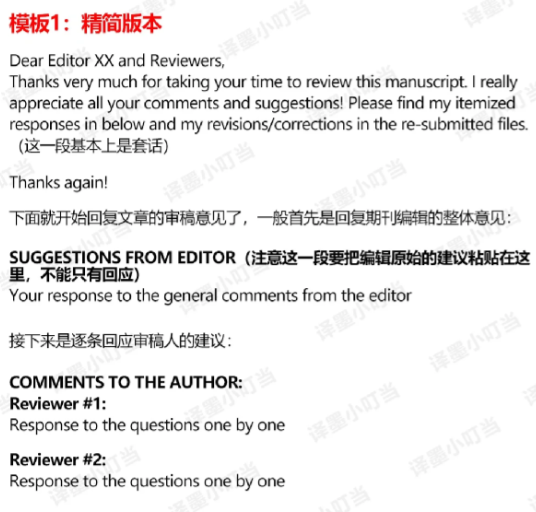
Reviewer #1:1......
简要列出意见··....
Response: XxXXXX2......
简要列出意见··....
Response:XXXXXXReviewer #2:1.....
简要列出意见·.....
(二)论文自查(投稿前)
我们的态度要认真,一些无关具体内容的格式小错误(拼写,图片质量,排版,行间距等)尽量不要犯,很影响审稿人心情。课题内容不求有多创新,但设计要合理,不要有逻辑上的错误,工作量要有,没有功劳也有苦劳啊。大体上要确保:
1.不择手段的夸自己的文章。
2.有明确的研究问题。
3.理论框架全文一致,不要出现多个理论。
4.结论和摘要不要用同样的话。
5.最好有定量分析。
如果要保险一点,可从以下方面进行确认:
1、拼写。主要检查是否有写错的单词、用错的语句以及标书不合适的地方。
2、多次修改。一般情况下,论文从写成初稿多最终投稿,至少要修改三遍。
3、不要反复的检查,检查修改过一次以后,放下一到两天,然后再去检查,之前没有发现的问题这回可能就会发现。
4、确认Title的写作是否合理?主题是否能够通过Title呈现出来?Title的字数是否过多?
5、确认是否有合适的 RunningTitle?
6、确认每一个作者都写进了作者列表?确认每一个作者的姓名书写没有问题?
再次检查确认记录有每一位作者的如下信息:姓名、单位、邮箱、电话?
7、确认通讯作者信息是否正确,包括姓名、单位、邮箱、电话、传真以及详细地址?
8、检查Abstract,确认是否有研究背景介绍?是否有提出科学问题?是否有研究假说?是否有实验方法及研究方案?是否有实验结果?最后是否有相应的结论、意义及研究的重要性?确认摘要中是否存在缩写词?还要确认摘要中实验方法和实验结果是否顺序?最后统计摘要的字数,看看是否超过了300个
9、关键词,确认是否有合适的关键词,一般5-6个。
10、Introduction第一段确认背景知识的介绍是否充分、合适?确认文章中第一次使用的缩写是否使用全拼?是否有跟主题不相干的背景知识介绍?第二段确认是否提出领域研究空白? 是否提出相应的科学问题?是否根据科学问题提出自己的研究假说?第三段确认是否有研究内容?是否有研究方案?是否有相应的研究结果?是否有结论?最后确认Introduction字数是否超过限制?是否有遗漏的地方?
11、Results 确认是否有小标题?实验结果的顺序是否与实验方法的一致?是否按照三段式写作方式?图片引用是否合适?文字描述和图片信息是否一致?显著性差异是否标出?
12、Discussion 确认参考文献引用是否合适?确认每一个论点都已经讨论到?确认同行的相关研究讨论到?确认是否有局限性,如果有是否陈述清楚?确认Discussion的第一段为重述研究结论?确认最后一段为总结?
13、Reference确认格式是否正确?确认参考文献数目是否合适?确认参考文献引用是否?
14、Figurelegend 确认信息是否完整?
15、Figure确认图片分辨率是否足够?确认图片色彩模式是否正确?确认图片尺寸是否正确?确认数据图中显著性差异组是否标有星号?确认图片中坐标轴标注是否正确?确认单位是否标上?确认图片中所有字体、字号是否一致?确认图片中所有线条粗细是否一致?
16、Table确认是否为三线表格?确认单位是否标记清楚?确认样本数目是否标记?确认数据对齐方式是否正确?确认小数点位数是否合适?确认表格中符号是否有注释?
17、确认文章中的每一个部分是否单独一页?
18、确认文章是否标有页码?
19、确认文章的字体、字号以及行间距是否符合要
20、确认文章是否经过查重?
21、确认文章是否经过英文母语润色?
22、确认文章中是否有致谢和作者贡献?
23、确认文章中是否有利益声明?
24、投稿前确认是否准备好文章的 Coverletter?
25、投稿前确认是否找到合适的推荐审稿人?
26、确认是否有存在竞争关系的审稿人需要排除在外?
27、确认是否有相关的基金支持?
28、最后确认文章中的每一个作者是否都读过文章?是否对文章的情况详细了解?确认每一个作者的邮箱均为常用邮箱?
四、文献引用
[1]审稿意见一般分哪几类?方向而行之
[2]审稿意见这样写应该没有不会过的吧❗️
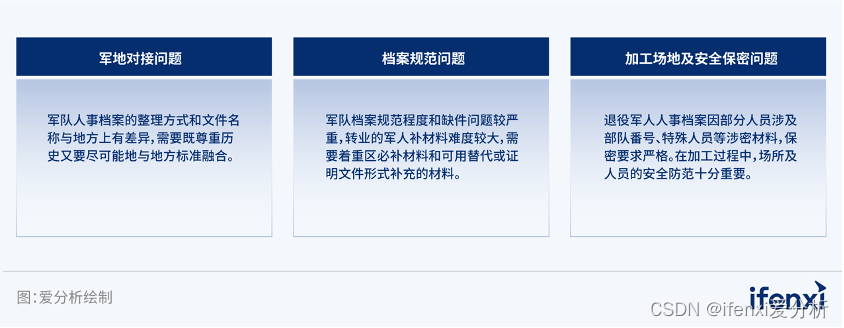


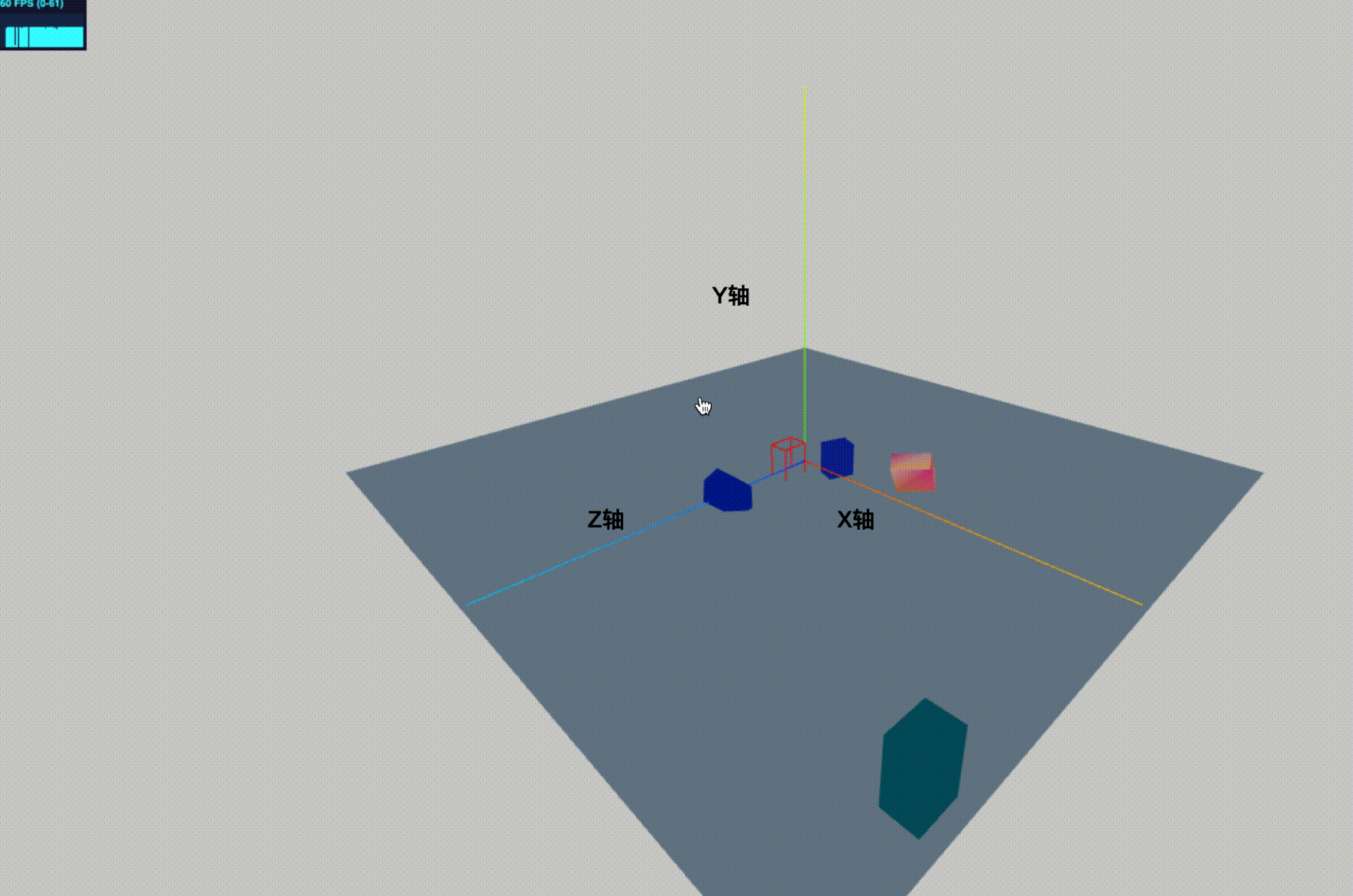
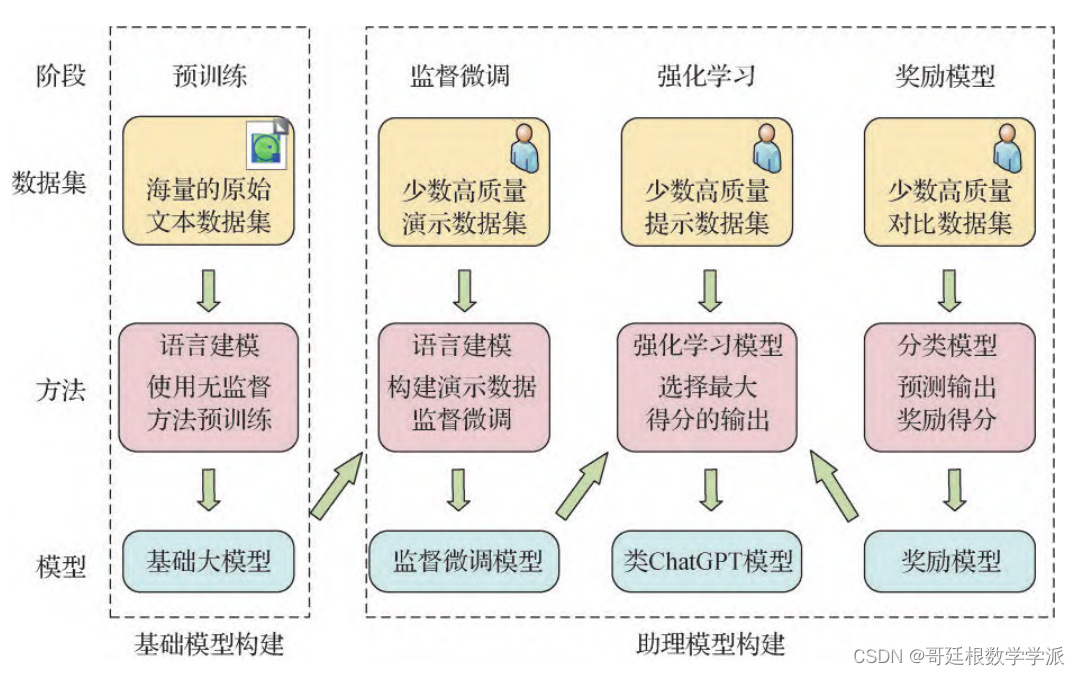

![[极客大挑战 2019]BabySQL 1](https://img-blog.csdnimg.cn/be55e4861e3246ffb9d30c9af4b0ab82.png)
